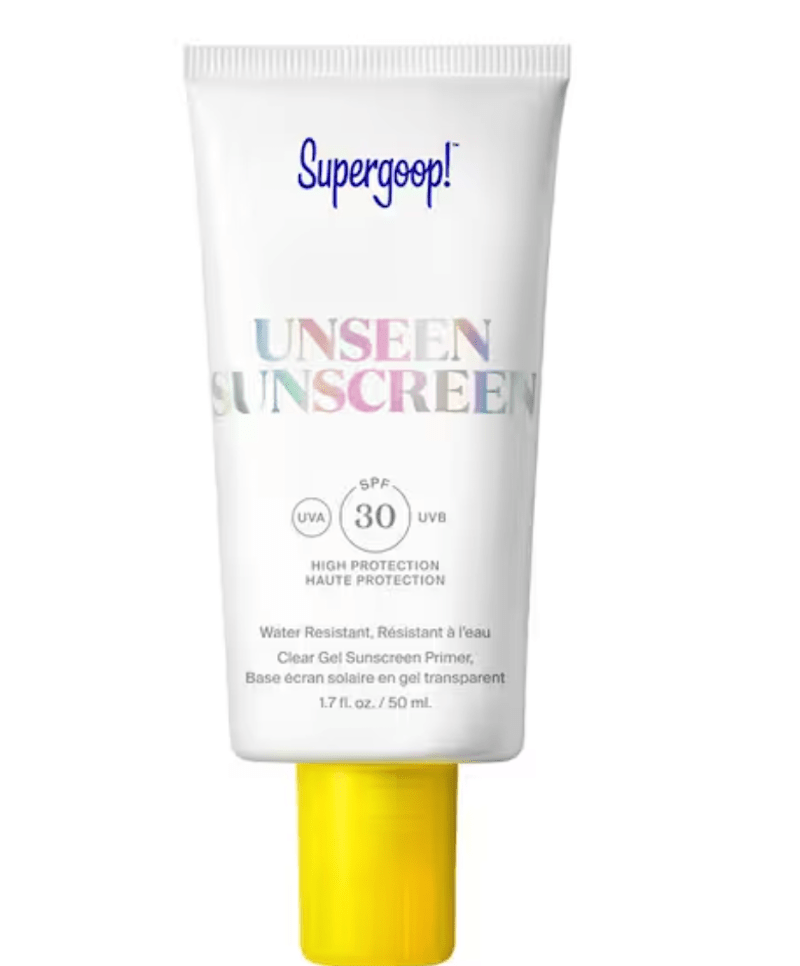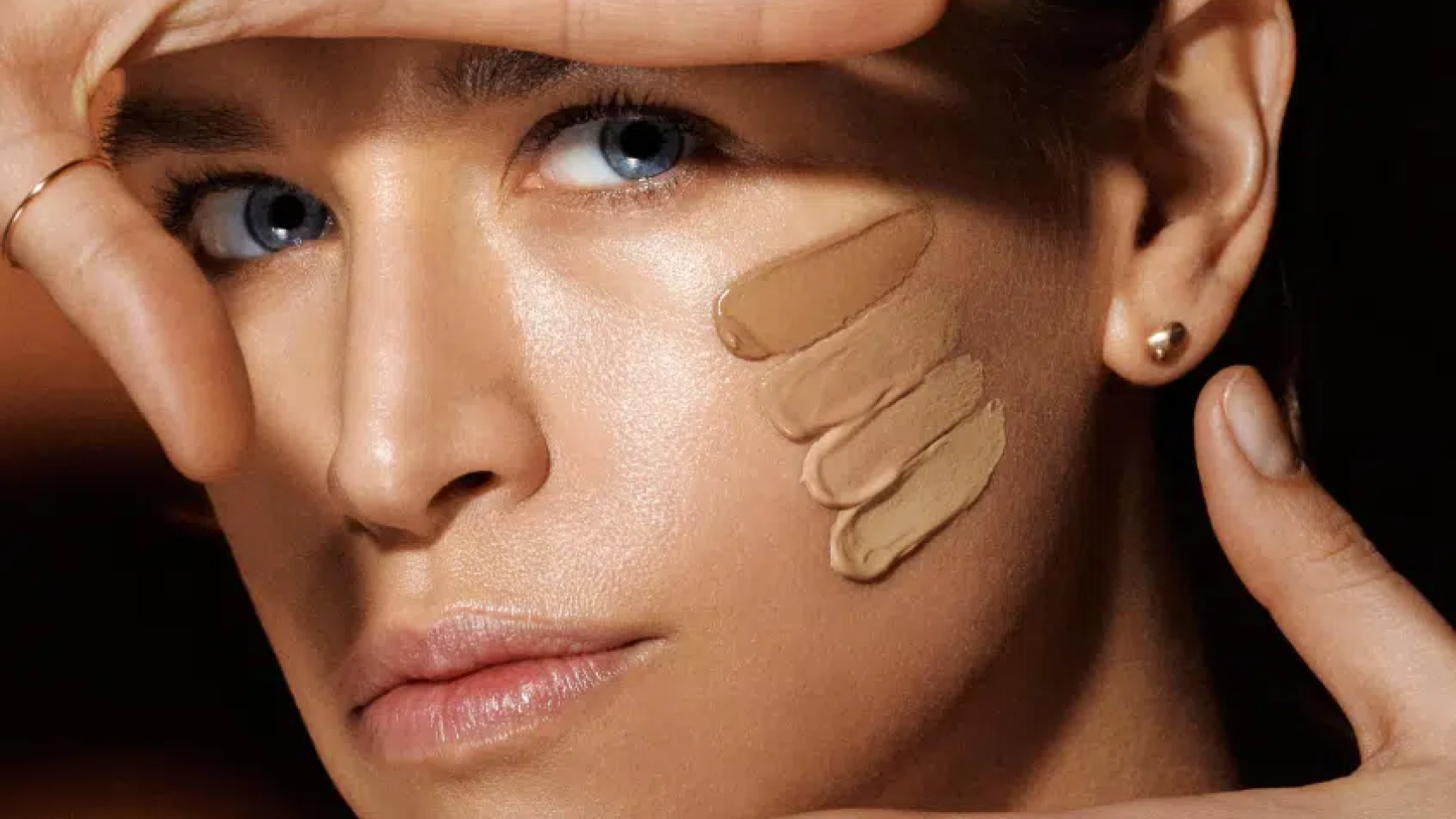The “Cosmeto Match” of Facial Sun Creams
SUPERGOOPG Against MÁDARA
In the Cosméto Matches section, we regularly present two comparable products from two different brands, one from the “conventional” cosmetics sector, the other from the certified organic cosmetics sector. These products will compete on the same ground: the comparison of components. This time for facial sunscreens. The commentator accompanies you throughout the match and explains the rules of the game to you, when they are not entirely clear. Time for the match: may the best win.
The different manufacturers of solar products do not work in the same way, on the one hand there is the conventional which uses a wide range of components which are of course authorized by the Public Health Code and the Regulation European cosmetics. But among these authorized components, we also find many components, which are the subject of much controversy.
On the other side there is the sector of certified natural and organic cosmetics (by different labels) which works with a much more restricted number of ingredients, excluding a large number of components, those considered problematic, potentially toxic , or pollutants, for example – in any case controversial at different levels.
The different approaches to solar energy
As far as sun protection is concerned, there is above all a difference in terms of UV filters, on the one hand the conventional one which uses either broad spectrum chemical filters or a mixture of different filters (filters synthetic and mineral filters), and on the other organic sunscreens, which mainly use mineral filters (titanium dioxide* and zinc oxide) with the same protection indices and level of protection (standardized). In the comparison of the two products that follow, we are pursuing the same goal: good sun protection, which protects the skin (the epidermis) from solar radiation, UVa and UVb rays.
And this need to protect yourself from the harmful effects of the sun should never be taken lightly, especially for children and toddlers. Protecting yourself and the whole family effectively against the risk of melanoma and premature aging of the skin is also essential.
We rely far too often only on appropriate sun protection (which only represents partial protection), without taking into account the context of sun exposure (phototype (light/dark skin, etc.)/ location of exposure/time/history, layer of sunscreen applied etc)
Some preconceived ideas around sun protection that persist…
The article about the preconceived ideas surrounding solar energy also gives more explanations for “taking advantage” of solar radiation in complete safety. Not sure that even dermatologists or salespeople in drugstores or pharmacies know, for example, exactly what the number 30 for the sun protection factor corresponds to.Apart from selling you the most expensive product, with the highest index or recommending the most well-known brand.
Let’s return to our test of facial sunscreen products: in both cases, the goal is of course to protect the skin from UV rays, but on the one hand we mainly use synthetic components with a few questionable substances who slip between the lines and on the other side we play the natural card and components authorized in natural and certified organic cosmetics.
The start of the match, presentation of the facial sunscreen teams:
SUPERGOOP
Unseen
Sunscreen Spf 30 Pa+++
50ml

On the brand’s website, we find the following product description;
“A completely invisible, lightweight, fragrance-free makeup primer with broad-spectrum SPF 30 for daily use. This unique formula leaves a natural and velvety finish suitable for all skin types. MAIN ADVANTAGES
Oil-free formula, rich in antioxidants
Serves as a base to prepare the skin for makeup
Effective, pleasant and dermatologically tested formula
Gluten-free and vegan
For normal, dry, combination and oily skin
GOOD FOR VEGAN*
Products without ingredients of animal origin”
It is an American brand, distributed in France at Sephora and the women’s press is getting excited: “Supergoop is (finally) arriving in France: 3 reasons to fall for these revolutionary sunglasses”
But what could be so revolutionary in the end? Let’s take a closer look.
Let’s take the time to check the composition of the product by analyzing more closely the list of ingredients, the INCI list of Supergoop facial sunscreen
Ingredients/ INCI*: ISODODECANE, OCTOCRYLENE, DIMETHICONE/BIS-ISOBUTYL PPG-20 CROSSPOLYMER, HOMOSALATE, DIMETHICONE CROSSPOLYMER, ETHYLHEXYL SALICYLATE, BUTYL METHOXYDIBENZOYLMETHANE, POLYMETHYLSILSESQUIOXANE, MEADOWFOAM ESTOLIDE, CAPRYLIC/CAP RIC TRIGLYCERIDE, DICAPRYLYL CARBONATE, ISOHEXADECANE, AQUA, BUTYROSPERMUM PARKII BUTTER, CAPRYLYL GLYCOL, DIATOMACEOUS EARTH, JOJOBA ESTERS, LITHOTHAMNION CALCAREUM EXTRACT, MANNITOL, METHICONE, NEOPENTYL GLYCOL DIHEPTANOATE, POLYESTER-7, SILICA, TOCOPHEROL, ZINC SULFATE


Component analysis:
As always, it is the first 5-8 components which mainly constitute the “profile” of the product. And among these first components we already find a whole series of chemical UV filters (some of which are considered problematic), some additional substances and components derived from mineral oils or silicones.The tone of the wording is set.
Controversial substances have also crept into the formula:
- ETHYLHEXYL SALICYLATE (Octisalate), synthetic (chemical) UV filter, suspected endocrine disruptor
- BUTYL METHOXYDIBENZOYLMETHANE, synthetic (chemical) UV filter, suspected endocrine disruptor
- OCTOCRYLENE synthetic (chemical) UV filter, suspected endocrine disruptor
- HOMOSALATE synthetic (chemical) UV filter, suspected endocrine disruptor
- DIMETHICONE CROSSPOLYMER, = silicone, polluting substance
- POLYMETHYLSESQUIOXANE= silicone, polluting substance
- METHICONE CROSSPOLYMER,= silicone, polluting substance
- ISOHEXADECANE, mineral oil (from petrochemicals)
Verdict: A formula that will certainly protect against UV rays, but with a whole series of chemical UV filters, some of which are very controversial (suspected endocrine disruptors). And the multiplication of problematic and controversial components also refers to the cocktail effect: chemical substances which, taken in isolation, are harmless, can become harmful when mixed.*To this are added some polluting components (silicones , mineral oils from petrochemicals). In short, not only is there nothing “revolutionary” about this formulation, but it’s also just the worst thing on the sunscreen market at the moment (a multitude of controversial UV filters, and nothing else). ). To avoid.
For years, product tests of sun products and creams (baby sun creams, products for sensitive skin, facial sun creams, after-sun, sun care, sun lotion) have been similar, – always with so many truly controversial components, pollutants which are also found in the oceans.
******
MÁDARA
Anti-aging facial sunscreen with plant stem cells SPF30
40 ml,
On the brand’s website, we find the following product description;
“This mineral and natural sunscreen for the face guarantees broad-spectrum protection against UVA/UVB rays. Its finish is invisible and impeccable. Its innovative SPF 30 formula enriched with unique Nordic Ruysch’s Dragonfly stem cells delivers a powerful dose of antioxidants, protects against urban pollution and preserves the skin’s microbiome, for a complete anti-aging effect. Its action helps prevent all types of damage caused by the sun, such as skin dryness, wrinkles, pigmentation, brown spots and loss of volume.
Ultra light texture, subtly tinted, 100% invisible on the skin. Suitable for women and men.»
Ingrédients/ INCI*: Aloe Barbadensis (Aloe) Leaf Juice, Zinc Oxide, Isoamyl Laurate, Dicaprylyl Carbonate, Glycerin, Beeswax, Lecithin, Polyglyceryl-2 Dipolyhydroxystearate, Silica, Cellulose, Dracocephalum Ruyschiana (Dragonhead) Cell Culture Extract, Quercus Robur (Oak) Bark Extract, Vitis Vinifera (Grape) Seed Extract, Hydrolyzed Hyaluronic Acid, Sodium Hyaluronate, Sodium Chloride, Aroma, Rubus Idaeus (Raspberry) Seed Oil, Sorbitan Caprylate, CI 77492 (Iron oxide), Palmitic acid, Stearic Acid, Propanediol, Benzoic Acid, CI 77499 (Iron Oxide), Aqua, Ascorbyl Palmitate, Sodium phytate, Tocopherol, Potassium Hydroxide, Benzyl Salicylate, Limonene, Citral, Linalool, Eugenol



Analyse des composants :
Comme toujours, ce sont les 8-10 premiers composants qui constituent majoritairement le «profil» du produit. Le premier composant étant présent en quantité la plus élevée et la suite en ordre décroissant. La base de cette formule est composée de composants hydratant et re-lipidants de qualité (jus d’aloe vera, glycérine, cire d’abeille, huiles végétales esterifiées). La protection contre les UV-B et UV-A** est assurée par le filtre oxyde de zinc. Mais pas sous forme de nanoparticules, sinon cela serait spécifié par « nano » dans la liste Inci. A cela s’ajoutent des extraits de plantes bio et différentes matières actives, toutes autorisés en cosmétique naturelle et bio. Il s’agit d’un produit de cosmétique naturelle et bio, le propanédiol sera donc forcément d’origine végétale (évaluation très bien).
** On peut parfois lire dans la presse que les « solaires bio » ne protègeraient pas suffisamment des UV-A, qu’en est-il des méthodes de tests utilisées ? On refait le point. Aussi en vidéo.
Verdict : Une formulation équilibrée à base de filtre minéraux et sans substances controversées, parfaitement adaptée pour la protection solaire du visage… et de l’environnement…
Pour résumer : La protection solaire est primordiale pour protéger sa peau des effets néfastes des rayons ultraviolets UV. Les rayons du soleil peuvent causer des dommages cutanés comme des coups de soleil, des cancers de la peau, des rides et un vieillissement prématuré de la peau. C’est la raison pour laquelle il est crucial de choisir une bonne crème solaire pour vous protéger efficacement. Des crèmes solaires à base des filtres minéraux, tels que le dioxyde de titane et l’oxyde de zinc, plutôt que des filtres chimiques. Les filtres chimiques peuvent contenir des perturbateurs endocriniens qui interfèrent avec le système hormonal et vont des effets néfastes sur la santé. Choisissez une crème solaire qui répond à votre type de peau, offre une protection adéquate contre les rayons UVB et UVA, et contient des filtres minéraux pour une meilleure protection.With good sun protection, you can enjoy the sun safely and keep your skin protected and protected against the harms of UV radiation.



Leave A Comment